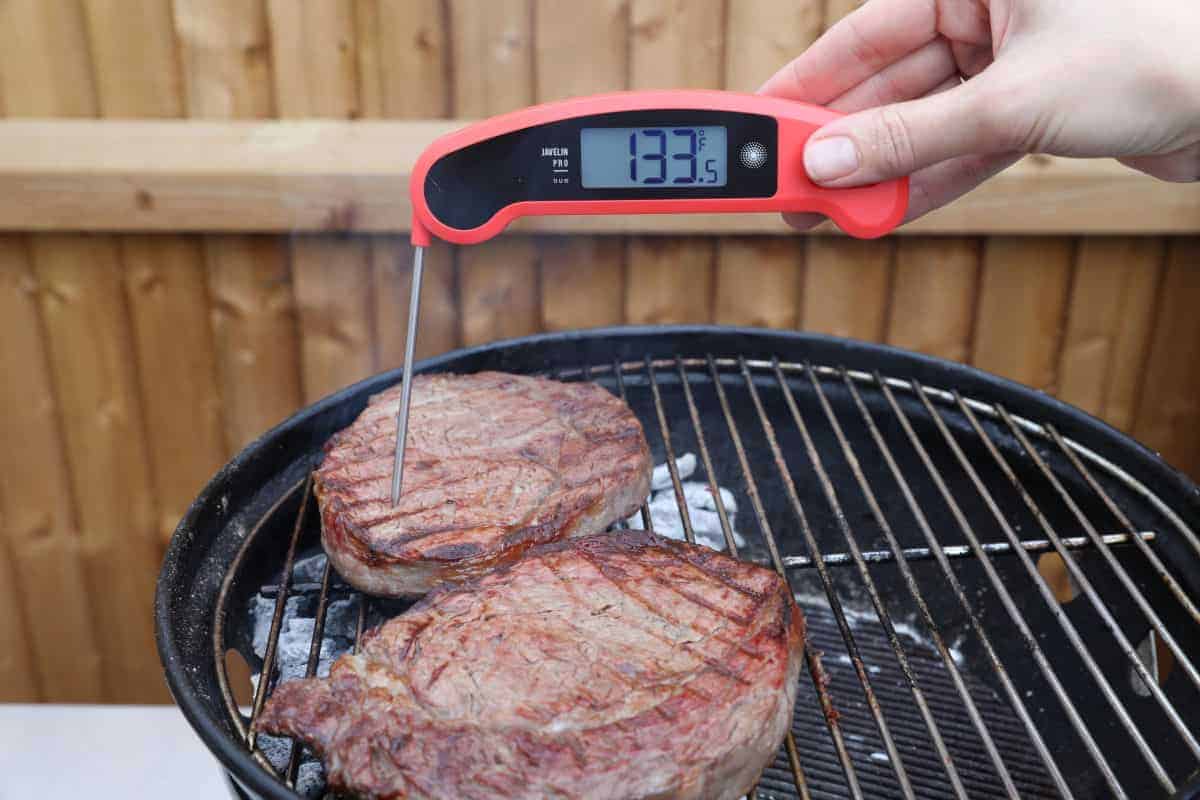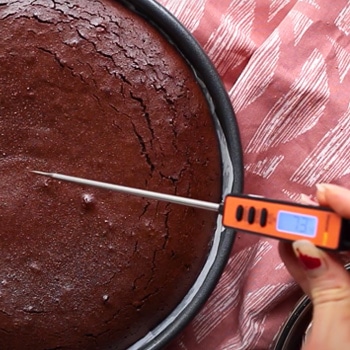Candy making is a popular pastime that has grown in popularity recently. You’ve seen it trending on social media in the form of home-made Pop It chocolate bars and Squid Game-inspired Dalgona candies. But as more people join this hobby, it is important to remember when creating your next dessert masterpiece to use a digital thermometer for making candy.
In much the same way that has made bread making so fashionable, candy making lets you create your own food at a lower cost. And yet, much the same as with baking, candy making is too complicated to do without the use of precise tools. As creative as this activity is, each candy recipe need to be done using exact cooking temperatures.
To adhere to these conditions, a candy maker needs to rely on a digital thermometer that can provide readings quickly and with precision. Analog thermometers are slow in providing ballpark figures; furthermore, probe thermometers are too unwieldy to use. As fun as candy making is, choosing the right tool can mean the difference between success and failure. Choose improperly, and the result can be a burned pot if you’re not careful.
This thermometer measures temperature at a high heat range and can go up to 400 F (204 C) in reading. Unfortunately, the boiling temperature of sugar, syrups, caramels, and other sauces is much higher than water. Therefore, you need a specific tool that can read extremely high temperatures.

First of all, what is candy making?
Candies are known to come in all forms: lollypops, toffees, caramels, taffy, hard candies, chewables, and the like. And yet, what you probably don’t know is that all of these different types of candies are made using the same basic process. This involves heating up a concoction of sugar and water in a pot, and then rapidly cooling it in cool water.
This wide variety is achieved using a simple principle. A wide range of different candies can be made by changing the temperature at which the sugar concoction is heated. To achieve this, the cooking temperature needs to be exact; if off by a few degrees, cooking candy at improper temperatures can provide completely unintended results.
There’s also another thing to consider with candy making. Newcomers should know that a small amount of foreign substance, even as small as a drop of water, can have an adverse impact on your batch. To do make candy properly, you’ll need to do things precisely. That’s where a digital candy thermometer comes in handy.
How do different temperatures make different candies?

As the sugar solution heats up on your stove, the concentration of sugar changes as water evaporates. By finishing the cooking process at different temperatures, the finished candy will take on properties and textures specific to that temperature stage. Here are the various types of candy made at different temperatures:
- Thread Stage (230°F–235°F): The sugar concoction retains its stringy shape when cooled in water, but will not form into a ball.
- Makes: Syrup, icing
- Soft-Ball Stage (235°F–240°F): The sugar solution can be formed into a ball after collecting it from the bottom of the cooling container, but will not hold its shape.
- Makes: Fudge, buttercreams
- Firm-Ball Stage (245°F–250°F): Similar to the previous stage, but will retain its shape better, and can be easily molded.
- Makes: Caramel
- Hard-Ball Stage (250°F–265°F): Sugar concoctions cooked to this stage retain their shape very well, but are less easy to shape without strong pressure.
-
- Makes: Marshmallows, gummies
-
- Soft-Crack Stage (270°F–290°F): Instead of malleable balls, sugar solutions from this stage forms distinct threads that will bend before they break.
- Makes: Taffy, butterscotch
- Hard-Crack Stage (300°F–310°F): Sugar concoctions from this stage form separate threads that are brittle and crack instead of bending. Because the temperatures reached at this stage are very high, make sure to allow more time to pass. This ensures the cooked sugar concoction has cooled to a safe temperature, and can be handled safely.
- Makes: Hard candies, lollipops
- Caramelized Stage (320°F+): After turning into a clear color, the final stage of candy making sees the sugar concoction turn into a golden-brown color.
- Makes: Caramelized sugar
As shown by this list, there is only a narrow margin of error lying between each stage. As such, it’s essential to get a good, reliable digital thermometer for making candy. Without determining the proper temperature, it’s nearly impossible to tell which stage the sugar concoction is in.
Tips for Using the World’s Best Candy Thermometer
FAQ
Can I use an instant-read thermometer instead of a candy thermometer?
Can you make candy with an instant-read thermometer?
What can I use if I don’t have a candy thermometer?
Can I use my digital thermometer as a candy thermometer?
